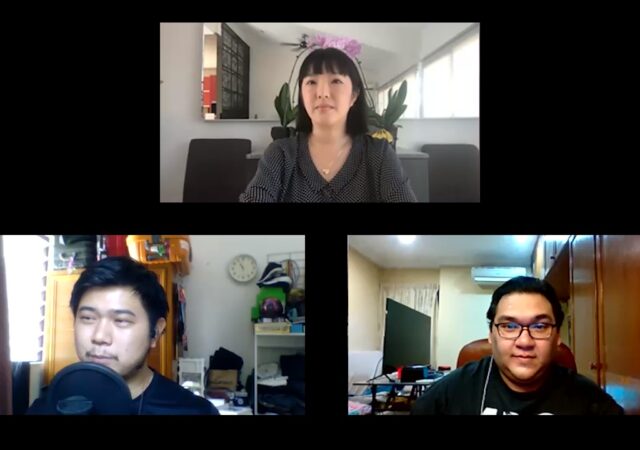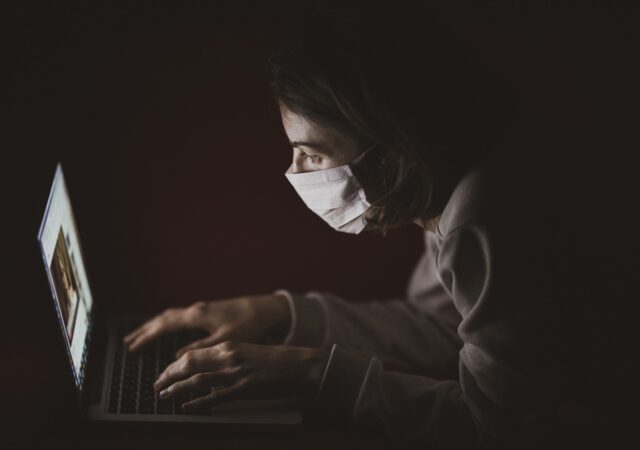Researchers at MIT develop an AI model that is capable of detecting differences in the coughs of healthy individuals and asymptomatic carriers of COVID-19.
Sprinting to Bring Tech to Emergency Hospitals in Wuhan, China
Lenovo became one of the first responders in time of desperation and need in China at the height of the COVID-19 outbreak. They deployed their teams and donated IT infrastructure to the emergency Huoshenshan hospital in Wuhan that was built in 10 days.






